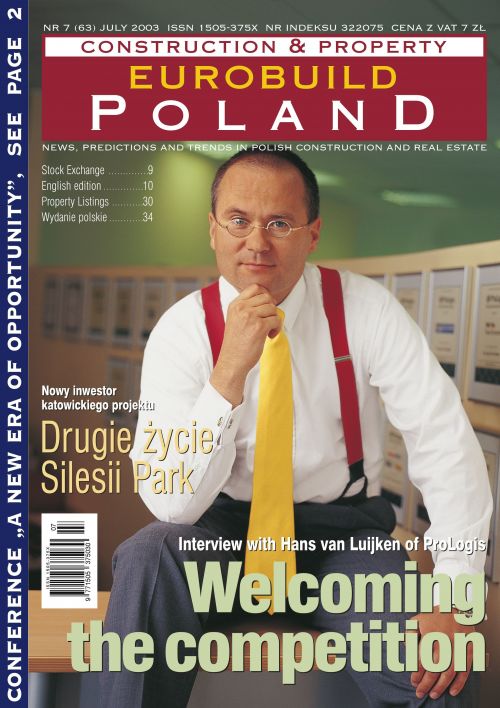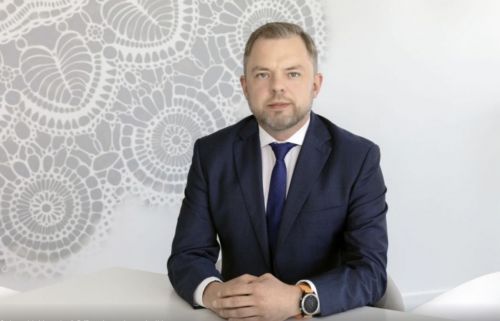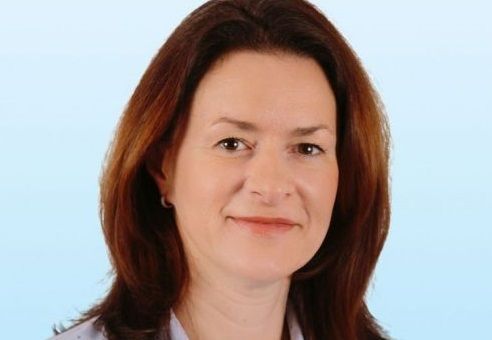The embassies of four EU countries are either improving or
replacing their premises. At the dawning of a new era, European foreign offices
have also been reconsidering the aesthetic message their embassies convey in
Warsaw
On ul. Piękna, the French Embassy is being refurbished, by
French firm RD bud, and this should be complete in September this year. Three
years ago they moved part of their representation to 1,500 sqm of space at the
Europlex mixed use centre on Puławska, as a temporary measure until the
facelift was complete. This will be vacated in summer 2004.
Near the serene setting of Łazienki park on ul. Kawalerii, construction of a
new Dutch embassy is drawing to a close and should be ready to start functioning
in mid-October this year. According to the embassy's First Secretary Jeroen
Boender, the fact of Poland's entry to the EU has very much influenced the
decision to change address. "The current embassy is too small," he
says, as "relations b






























































